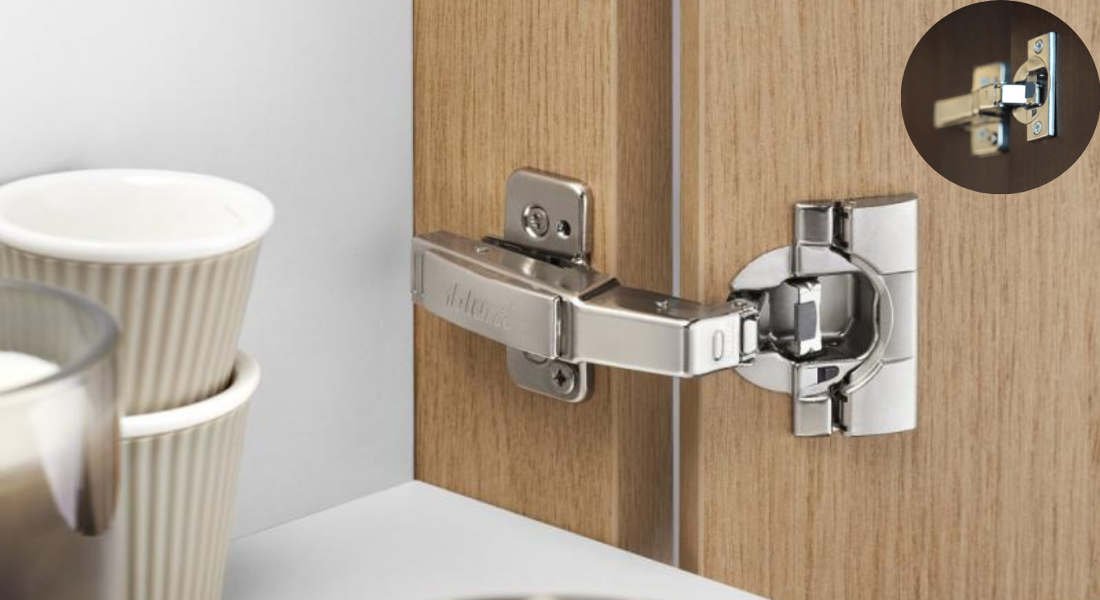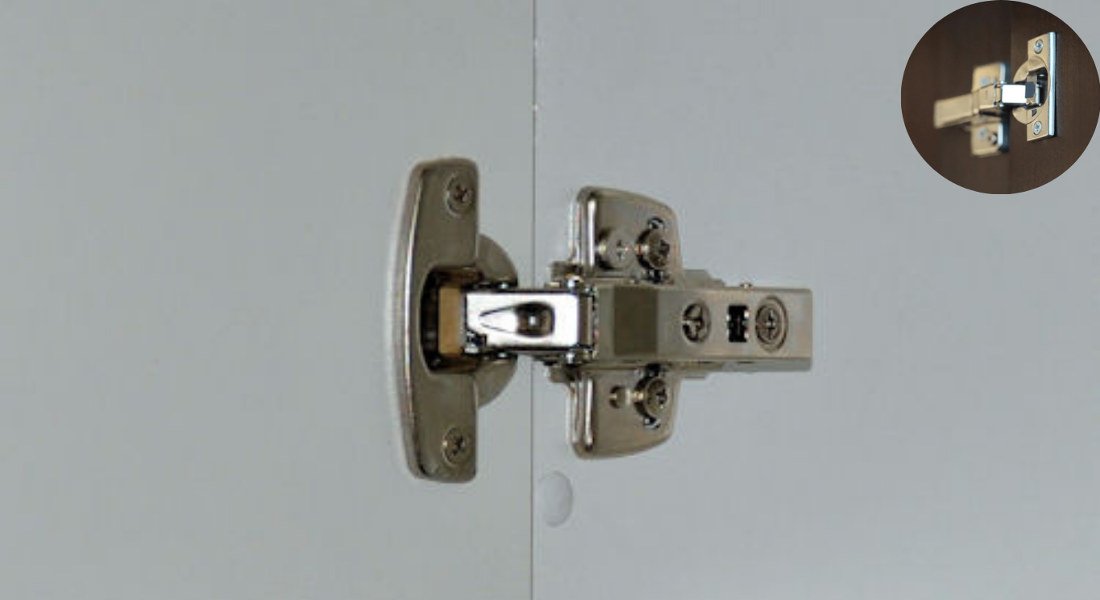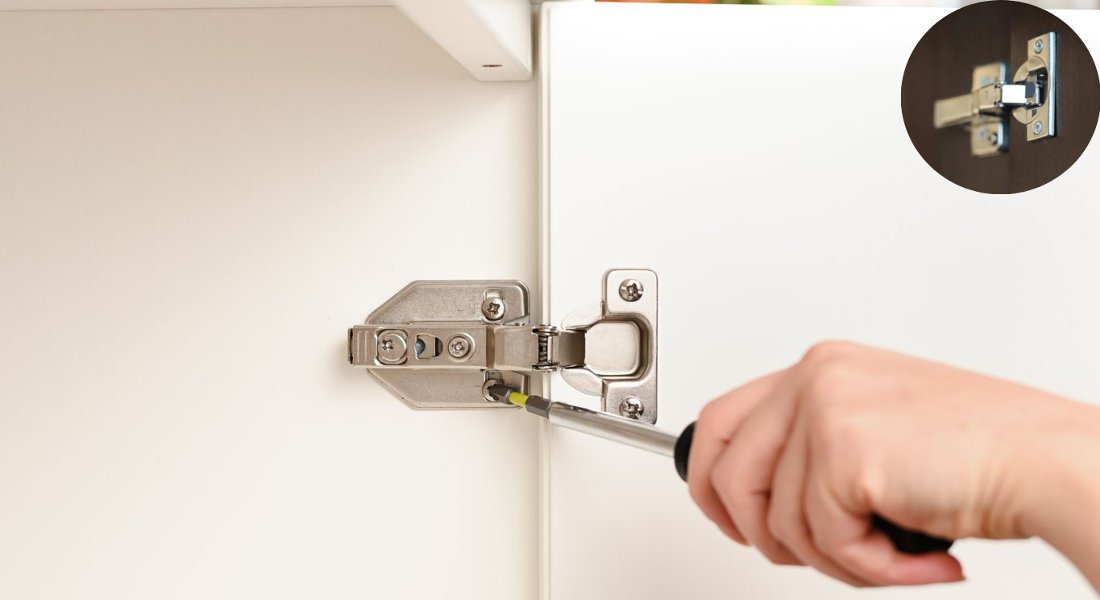When it comes to installing or repairing home kitchen cabinets, many homeowners focus on the larger components like hinges or cabinet doors. However, the screws used to secure those parts are just as important. Using the wrong size screws can lead to loose hinges, damaged wood, or even misaligned cabinet doors.
Understanding Cabinet Hinges and Their Screw Requirements
Before diving into screw sizes, it’s important to understand the types of hinges commonly used in home kitchen cabinets and how they influence screw selection.
Types of Kitchen Cabinet Hinges
- European-Style Hinges
- These are concealed hinges often used in modern kitchens. They are adjustable and remain hidden when the cabinet door is closed.
- Traditional Butt Hinges
- A more classic option, these hinges are visible when the cabinet door is closed. They’re simple and durable, often used in vintage or rustic kitchens.
- Overlay Hinges
- These hinges allow the cabinet door to overlap the frame, creating a clean aesthetic.
- Inset Hinges
- These are installed inside the cabinet frame, keeping the door flush with the frame when closed.
Materials of Hinges
Hinges come in various materials, such as:
- Steel: Durable and strong, best for heavy doors.
- Brass: More decorative but less durable.
- Stainless Steel: Excellent for humid environments like kitchens.
Matching Screws with Hinges
Using screws that match the hinge material and finish is essential. For example, brass screws pair well with brass hinges, ensuring both durability and a cohesive look.
What Size Screws for Home Kitchen Cabinet Hinges?
The size and length of screws play a major role in the stability and appearance of your kitchen cabinets. Let’s break it down.
You may also read (kitchen worktop oils for every home).
Common Screw Sizes
The most commonly used screw sizes for cabinet hinges include:
- #4 Screws: Small and lightweight, ideal for light-duty cabinets.
- #6 Screws: Versatile and often used in medium-duty applications.
- #8 Screws: The standard size for most home kitchen cabinets.
- #10 Screws: Suitable for heavy-duty or oversized cabinets.
Recommended Screw Lengths
- Lightweight/small cabinets: Use screws that are 1/2″ to 5/8″ in length.
- Medium cabinets: Opt for screws around 3/4″ in length.
- Large/heavy cabinets: Choose screws that are 1″ or longer.
Why #8 Screws are Ideal
For most home kitchen cabinet hinges, #8 screws strike the perfect balance between strength and size. They’re sturdy enough to withstand repeated use while fitting seamlessly into standard hinge holes.
Pre-Drilling for Better Results
Always pre-drill holes before inserting screws. This not only prevents the wood from splitting but also ensures a snug, secure fit.
How to Choose the Right Screw Size for Your Kitchen Cabinets
Selecting the right screw size starts with understanding your cabinet’s dimensions and the hinge specifications.
Measure Door Thickness
The cabinet door thickness determines the screw length needed. Common cabinet door thicknesses range from 1/2″ to 3/4″.
Check Manufacturer Recommendations
Hinge manufacturers often provide guidelines on the best screw size and type to use. Always refer to these recommendations to avoid mismatches.
Match Screw Head Type
The screw head type should align with the hinge design. For example:
- Phillips Head: Common and easy to work with.
- Pan Head: Provides a flush finish for a cleaner look.
Consider Screw Material
- Steel Screws: Strong and durable for most applications.
- Stainless Steel: Ideal for humid environments to prevent rust.
- Brass Screws: Decorative but best for light-duty use.
- Zinc-Plated Screws: Resistant to corrosion and affordable.
Use Washers if Necessary
Washers can protect cabinet surfaces and ensure a tight fit, especially for softer woods.
You may also read (kitchen sink material for your home).
Step-by-Step Guide to Installing Cabinet Hinges with Correct Screws
Installing cabinet hinges doesn’t have to be daunting. Follow these steps for a flawless finish.
Tools You’ll Need
- Screwdriver or power drill
- Drill bits with depth stops
- Measuring tape
- Masking tape for marking
Pre-Drill Pilot Holes
Use a drill bit slightly smaller than the screw diameter to create pilot holes. This prevents splitting and ensures proper alignment.
Attach Hinges to the Cabinet Door
Align the hinge carefully and insert screws halfway to allow adjustments.
Mount the Door to the Cabinet Frame
After attaching the hinges to the door, align the door with the cabinet frame and secure the screws.
Tighten and Adjust
Once everything is aligned, tighten all screws securely.
Troubleshooting Common Issues with Cabinet Hinge Screws
Even with careful installation, issues can arise. Here’s how to fix them:
Stripped Screws
If a screw strips, replace it with a larger screw or use a wood filler to repair the hole.
Loose Screws
Loose screws can be fixed by inserting a toothpick or wooden dowel into the hole before re-screwing.
Damaged or Oversized Holes
Use a larger screw or install a metal insert to secure the hinge.
Where to Buy Quality Cabinet Hinge Screws
You can find high-quality cabinet hinge screws at:
Store TypeExample RetailersPros
Local Hardware Home Depot, Lowe’s, Immediate availability, advice
Online Retailers: Amazon, Alibaba, Hardware Source, a Wide variety, home delivery
Speciality Stores Eurofit Direct, Hinge Outlet, Niche products, expert options
Expert Tips and Best Practices for Cabinet Hinge Screw Selection
Here are some additional tips to ensure a successful installation:
- Always pre-drill pilot holes to avoid wood damage.
- Use the right screwdriver bit to prevent screws from stripping.
- Ensure screw length doesn’t protrude through the cabinet door.
- Opt for corrosion-resistant screws in kitchens, which often have high humidity levels.
- Regularly check hinges and screws for tightness.
You may also read (elevate your home cream kitchen).








